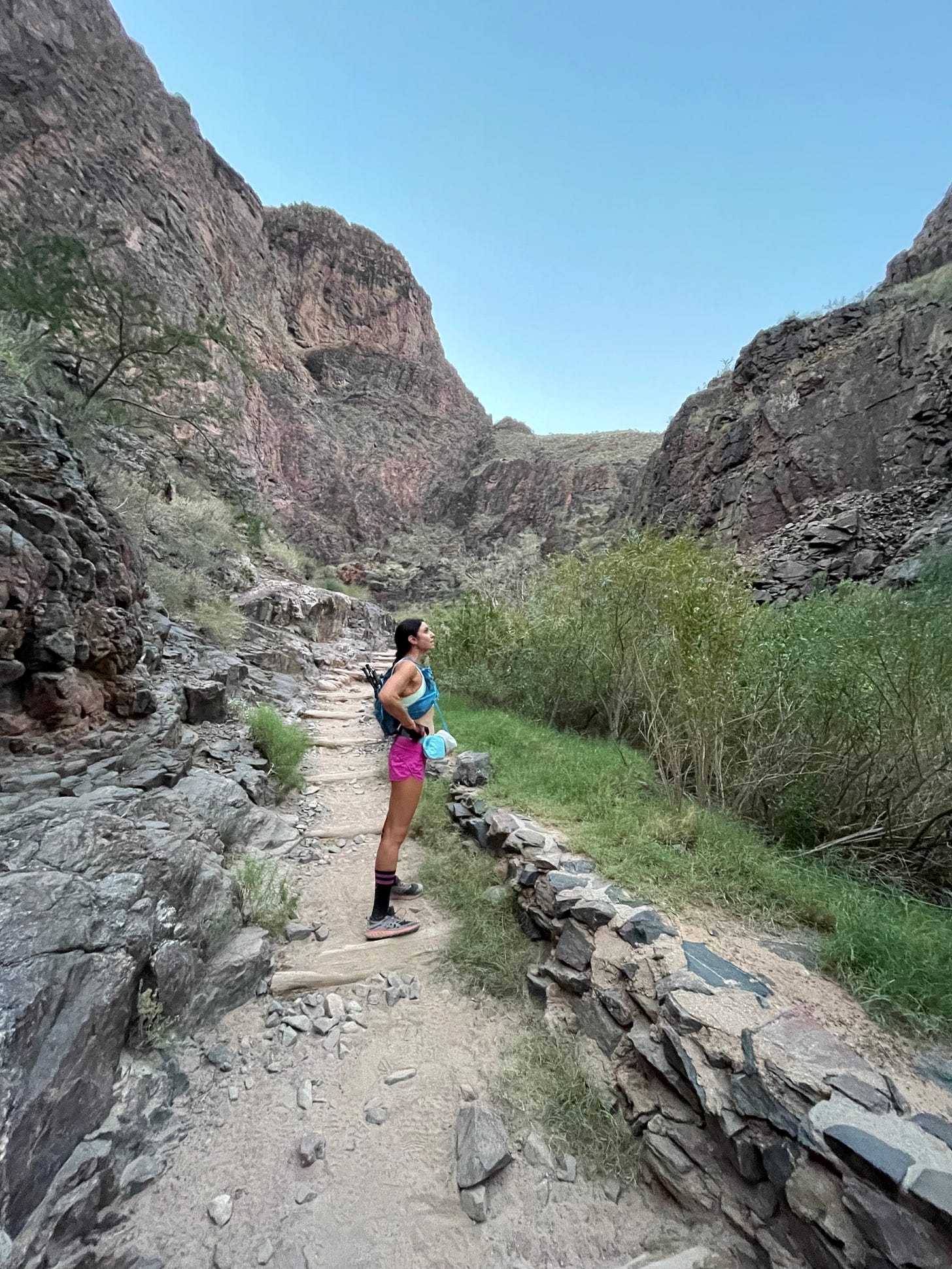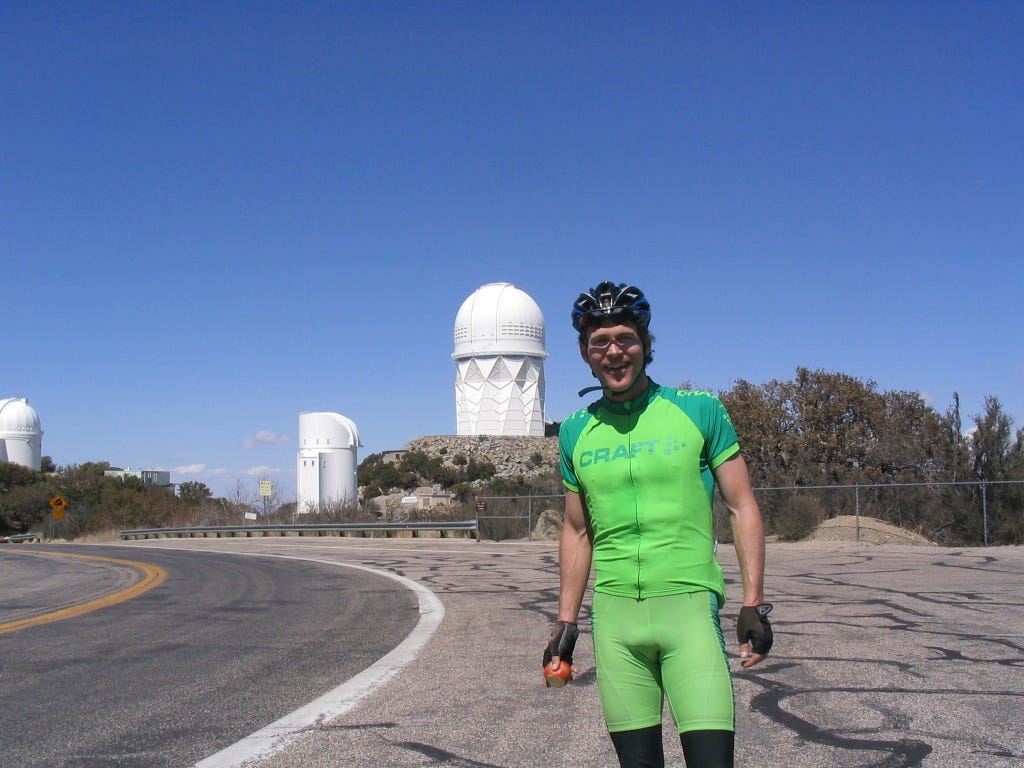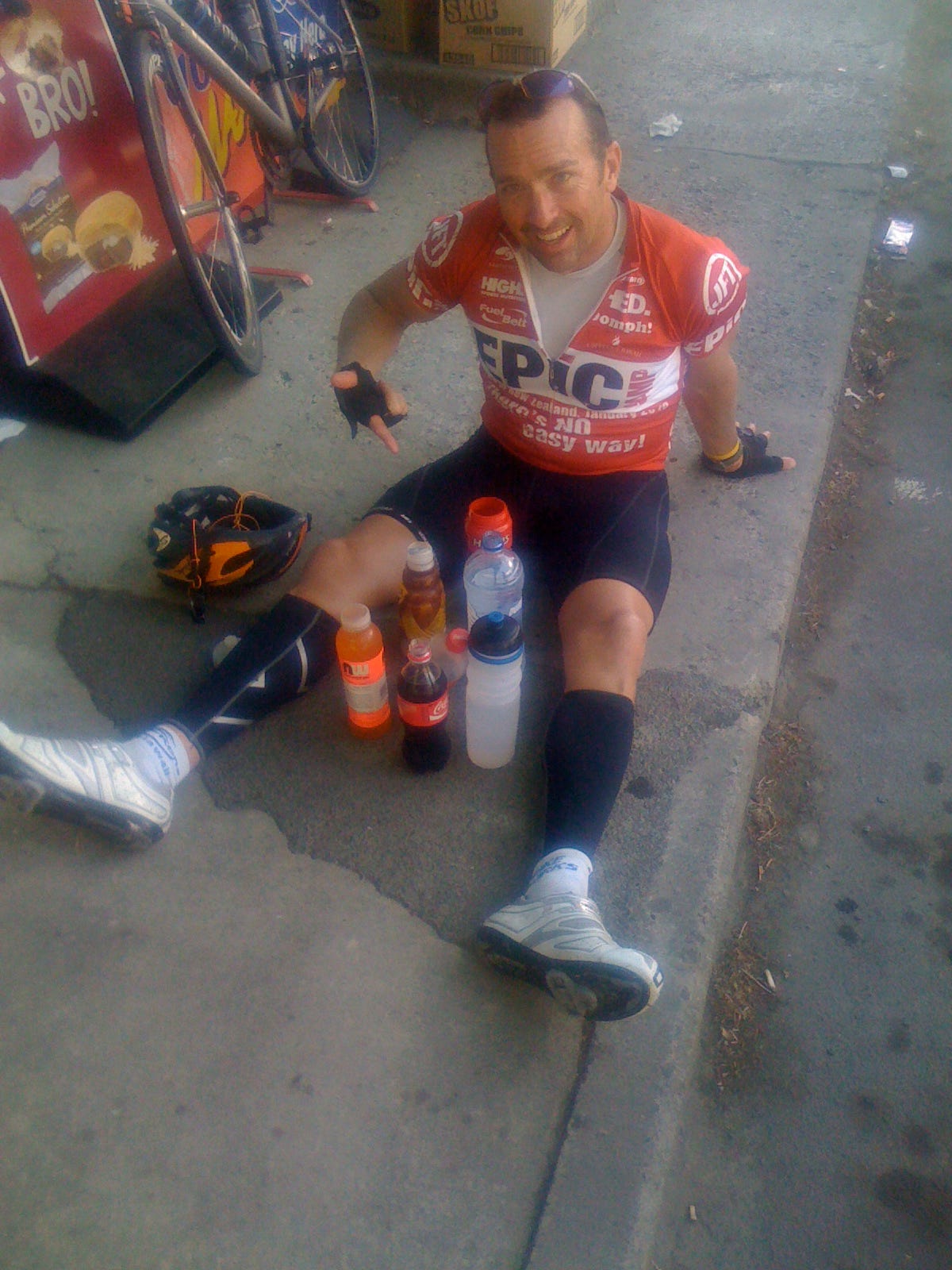Part One gave you a checklist
Today, we’re going to dig into the practicalities of structuring a training camp.
Let’s start by thinking through the overall goal
Training Load Up
Life Stress Down
Leading To Positive Adaptations
1-2-3 are essential to keep front of mind.
Where To Go
Three questions to consider when selecting a camp location:
It this an easy place to train?
Will I be able to focus on training?1
Where is my recovery fastest?
New Locations: The first time we go anywhere it is inefficient. We need to learn how to get around, how to feed ourselves and the local training routes.
Time Zones: Stay “vertical” as much as possible.
Think North-South.
Think door-to-door time, not just flight time.
An 8-10 hour drive, across two days, with an overnight in a motel across the street from a recreation center… can be a superior option than dealing with airports.
Once you find a location, and season, that works for you… Stick with it.
Think of your camp like a special type of workout. As you repeat it, you’ll learn how to perform better.
The Out & Back Camp
For hikers, runners and cyclists…
Pick A Destination
Get There
Spend The Night
Come Back
This can entail anything from fastpacking the Grand Canyon2 to riding around the island of Hawai’i.3
I’ve had friends bring clothes for me when they were heading out on vacation. I’d ride to where they were staying, visit overnight, then ride home.
If it’s only one day, then it’s possible to travel really light.
Triathletes:
Swim Then Ride Out
Sleep
Ride Back, Then Run
Done
Those two rides can be big ones but they don’t need to be. Make sure you can get back into your program after a couple easy days.
You are seeking a long duration stimulus.
The benefit comes from doing.
Remove the pace pressure.
Enjoy the adventure.
Big Blocks
When you start, keep it simple:
Base In A Single Location
Hit The Classics
Head Home
I’ll illustrate with Tucson, Arizona:
Mount Lemmon (34 km climb)
Madera Canyon (8-20 km climb)
Kitt Peak (15 km climb)
Gates Pass (‘Easy’ Day)
Drop the above into a five-day block and…
Book a motel, or AirBnB, that’s walking distance to a pool.
Run off the bike, most days.
Hit the Cactus Forest trail when your backside needs a break from the bike saddle.
You can use this template with every major cycling center.
You can make it even easier.
Stay close to home
Get a couple training buddies
Book a place within an hour drive
Use the template Monday-to-Friday
Keep the weekends, on either side, light
For the camp to work, we need to unplug from our normal lives. An important piece of the training camp effect is enhanced recovery from life stress reduction.
Loading is the easy part.
How Much Load?

With the Out-and-back Camp, do your normal “long day” twice.
With your first Big Block Camp:
Cyclists - double your typical weekly volume
Triathletes
Swim every morning
Double your bike mileage
Maintain run frequency, shorten duration, drop intensity
Everyone - if going longer than three days then “day three” is an easy day
Training The Gut
Across multiple big days, it is not possible to perform well and be light on nutrition.
Tips for triathletes:
Light breakfast upon waking
Full breakfast after swim
EASY pace to start the bike ride - learn how easy you need to go in order to process real food
Liquid nutrition during the ride
If riding longer than four hours then solid food STOP at the 2/3rds mark
EASY pace, again
Liquid recovery nutrition after the ride
IMMEDIATELY, easy transition run. Learn how to tolerate a full gut when running off the bike
Shower, Cold Room, Legs up
Main dinner (early) once body has settled
Pre-bed snack. Greek yogurt is good with just about anything
Water bottle beside bed. Emergency PBJ sandwich when volume is extreme4
Training camp is the perfect place to learn what works with your digestion.
Assume all nutrition errors have a root cause of poor pacing. As fitness improves, you’ll find your digestion becomes more robust.
Performance is the ability to turn food into velocity.
Swimming & Not Swimming
If it is a morning away from the pool
If you’re a relatively weak swimmer then….
Swim Frequency UP At Camp
Use The Group Environment To Motivate
Swim First Thing
Bike performance changes when a low-volume swimmer does a “proper” swim workout before riding. Experiencing this firsthand gives comfort to dial down swim effort when racing.
Competitive Amateurs

The athletes at the top of your classification are using these techniques 10-25x per year.
Back to Back Long Days
Big Blocks
Frequency Overload
Short overload blocks take the pressure off day-to-day loading.
Back To Table of Contents
Home can be an easy place to train, but a difficult place to focus on training. Sometimes, to fully unplug, we need to step outside our daily routine.
The USPS Office at the North Rim Lodge will hold packages.
Stick a pair of run shorts in your bike jersey and buy flips/t-shirt on the road. I still have my “ABC flips” from an adventure around the Big Island. They make me happy each time I put them on.
The Emergency PBJ: At a training camp in New Zealand, I awoke in the middle of the night, ravenous. Scrounging in the room for an energy bar, I found a sandwich in my girlfriend's purse. I wolfed it down and went back to sleep. Later, my girlfriend woke up hungry and the sandwich was gone. She was not pleased. It all worked out, she married me later that year.
Riding across the US, we’d park our support vehicle 10km up the road. We’d wake up, run to the vehicle, eat, nap then start the ride. Those were our favorite mornings: always moving towards our goal, and a nap.
During your downtime, reduce mental stimulus. You’ll be surprised at the boost this gives your recovery.









